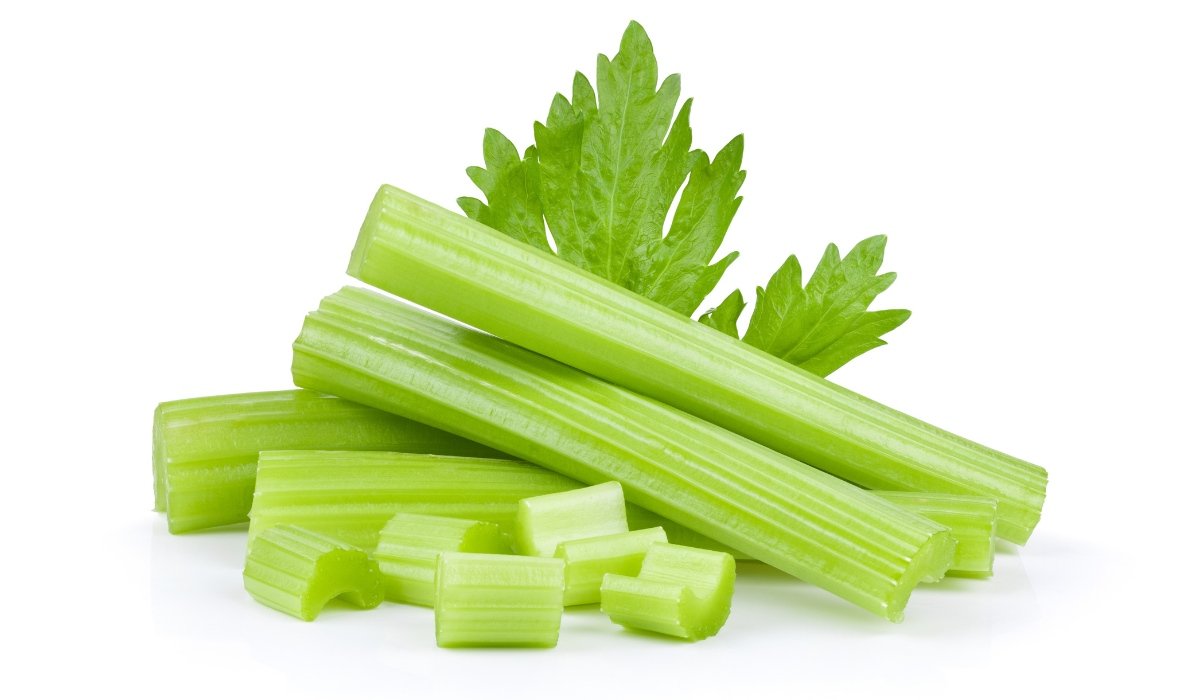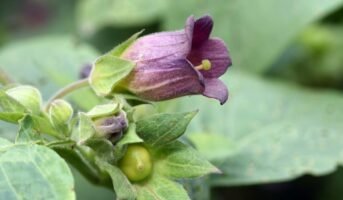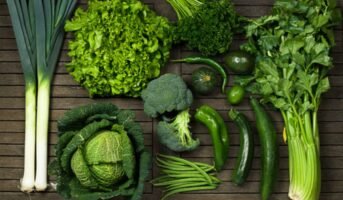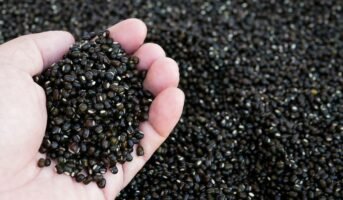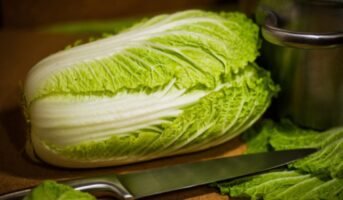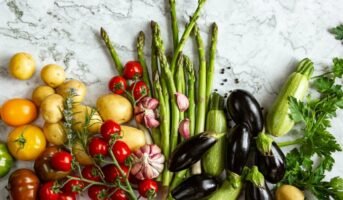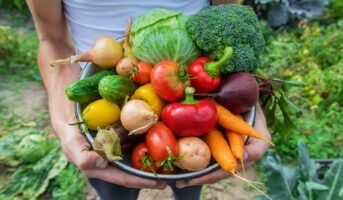Plants are grown indoors because of different purposes. While some grow plants for their aesthetic value, others look forward to deriving nutritious, organic edibles without visiting the grocery store. But it can be a little tricky to grow edibles in an apartment with no yard to count on.
Tricky? Yes! Difficult? Well, no! With our extensive guide to growing vegetables at home, you probably will not face any hassle setting up your home garden full of organic edibles. Moreover, growing microgreens at home also enhances the aesthetic value of your apartment, besides packing a punch of nutrients to your plate every day.
See also: Exotic vegetables to grow indoors
Stem vegetables: Why are they important?
The term may be unheard of, but not unknown, as you are already supposedly consuming a lot of them regularly. These are plants whose stems are considered edible because of their nutritious and, sometimes, medicinal value. For example, stems of broccoli can be sliced and sautéed in organic oil to consume with soup and bread. Then there are bamboo shoots, which are considered a superfood.
It can be a tad difficult to remember all these names and their benefits just like that. So, here’s a quick facts table to help you:
| Stem Vegetable | Scientific Name | Nutritional/Therapeutic Benefits |
| Celery | Apium graveolens |
|
| Asparagus | Asparagus officinalis |
|
| Broccoli | Brassica oleracea var. italica |
|
| Rhubarb | Rheum rhabarbarum |
|
| Lettuce | Lactuca sativa |
|
So you see what mistake you were committing in throwing these edible stalks (or stems) into the bin? Now that we have the names, let’s get down to the hows of growing these stem vegetables indoors, and the basics of turning them into delectable meal inclusions.
Read about root vegetables
Stem vegetables: How to grow them indoors
The biggest issue one can face while growing stem vegetables or other plants indoors is the lack of space. Hence, the foremost thing that you should do is create a green corner in your apartment, either on the balcony or inside, where the greens can get adequate light. The next thing will be finding the right container. Each plant has different container requirements based on its growth, type of foliage and other factors. Then there are other considerations, like watering, fertilisers, when to cut, when to harvest, etc., which are different for different species.
Read also: List of best living room indoor plants
Stem vegetables: Varieties and growing tips
Celery
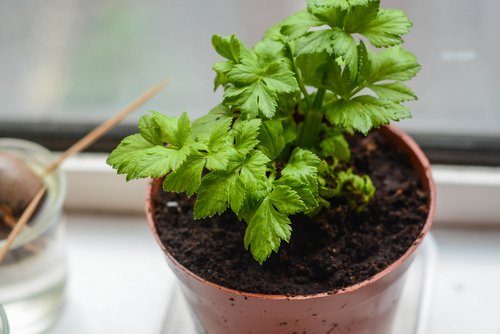
This one is a fast grower if you follow the right instructions. It needs slightly alkaline soil (pH 6.0-6.5), so if your potting mix is acidic, adding some limestone may help reduce the acidity. The container should be deep, at a minimum of 20 cm, and take care not to use the conventional clay pots for celery, as they dry out quickly. Plastic pots are best for growing celery, which needs optimum moisture for growth. Further, you can add some organic compost to help the soil retain its moisture content.
Now, growing celery from the base leads to more foliage and less stem. As we are talking about stem vegetables here, your focus should be the same. Hence, it is best to grow celery from seeds that should be planted about half an inch deep into the soil, not more.
Celery requires about 6 hours of sunlight every day, so place the container accordingly. For its fertiliser requirements, you may use seaweed extract or a fish emulsion every two weeks to enhance growth. Once the seeds have grown, you only need to wait for those crunchy, dietary stalks to mature.
Asparagus

Source: Pinterest
Asparagus is a perennial crop and an excellent addition to your home garden. But growing asparagus in a pot? Well, it is possible. These plants require deep (about 4-6 inches, because of their large roots) and moist soil for optimum growth. Indoor gardeners can use asparagus crowns instead of seeds to cut down the extensive growth period. But you will need a large container to plant the crowns quite deep into the soil. Another thing to note here is, you should create additional drainage holes at the bottom of the container to prevent the growth of fungus and keep the roots from rotting.
Broccoli
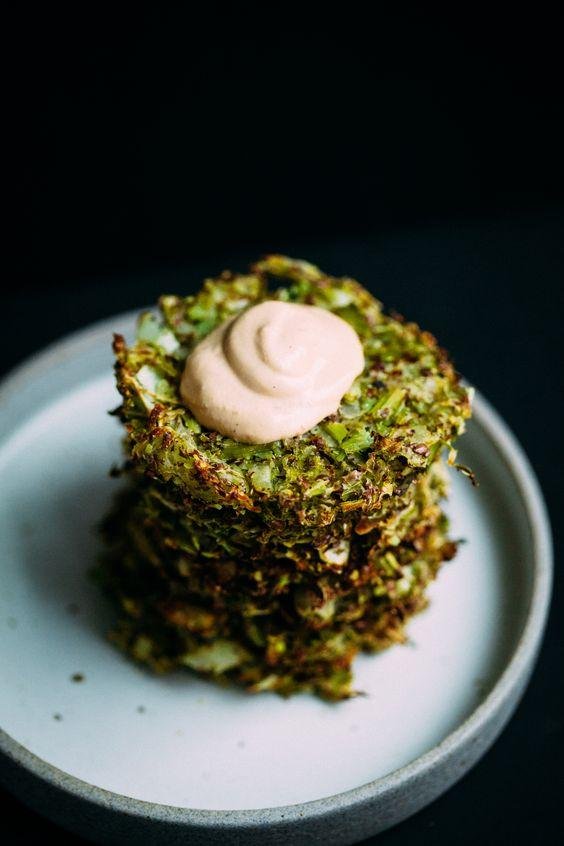
Source: Pinterest
You can grow this highly-useful and nutritious plant in acreage, generally on the patio, balcony or any other space that receives full daylight. However, if you are planning to pot it, pick a 12X12 inches container for maximum convenience. You can also pack 2-3 plants in a 18X18 inches container with drainage holes. They may be cramped that way but will thrive if cared for properly. Use a light-coloured pot, as dark ones may heat up too much during summer.
Broccoli requires well-draining garden soil rich in manure and organic fertilisers. The plant thrives in slightly acidic soil, so do a soil test and keep the pH level at 6.0-7.0. Also, it is a winter-growing crop, so it is best to start growing it before fall and harvest before summer.
Rhubarb

Source: Pinterest
This one has a large root system as well, so you will need a large container or grow it in acreage. Use a 20X20 inches container with drainage holes at the bottom for maximum convenience and optimum growth. Rhubarb requires well-draining soil with adequate compost. Plant the divisions or crowns 1-3 inches deep into the container and water them regularly without soaking. Adding some mulch or bark chips can help retain moisture.
You should let the rhubarb mature for at least 2 years before harvesting. In this period, remove any kind of flowering carefully, so that all the plant’s energy remains focused on producing the stalks. And one more thing – Rhubarb enjoys the chills, so do not cover the crowns or buds with mulch during winter.
Important note – Rhubarb leaves can be toxic as they contain oxalic acid, hence should be kept at a safe distance from children and pets at home.
Lettuce
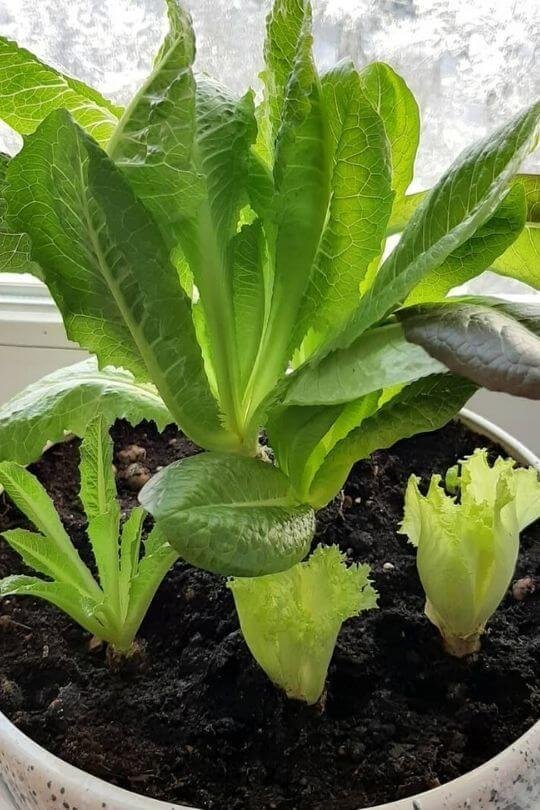
Source: Pinterest
Choose a cool yet sun-filled area to place the potted lettuce. Do check for drainage holes at the bottom of the container before planting the seeds. Lettuce is 95% water, so it will require constant access to moisture to prevent wilting. However, it also does not do well in standing water, so the right drainage is mandatory.
There are several varieties of the plant, some of which are more suitable for container growth, like Verigo, Rubygo, Red Romaine lettuce, Arugula, Kale and Chard. Sow the seeds in winter to encourage optimum growth and keep the container on a sunny window sill. And yes, do not sow the seeds too deep into the soil, as they need proper light to germinate faster. These are growers, so you can harvest them for an extended period.
FAQs:
Is it okay to consume the stems of potted plants?
Generally, yes, if it is a veggie with edible stems. However, there are some plants, like Rhubarb, which have toxic leaves. So make sure that the stems are devoid of any foliage before consuming.
How to eat stem vegetables?
Depending on the type of plant, you should wash and boil the stems well before consumption. Some of them can be added to curries and salads to increase their nutritional value.
Can stem vegetables rot?
Any plant can rot if there isn’t proper drainage. Make sure that you choose containers with multiple drainage holes at the bottom to prevent rotting.
How long do I need to wait before eating the stems?
Depending on the type of plant, sometimes the waiting time can be a little long. Be patient, as your efforts will be worth it once the plants are ready for consumption.
Housing News Desk is the news desk of leading online real estate portal, Housing.com. Housing News Desk focuses on a variety of topics such as real estate laws, taxes, current news, property trends, home loans, rentals, décor, green homes, home improvement, etc. The main objective of the news desk, is to cover the real estate sector from the perspective of providing information that is useful to the end-user.
Facebook: https://www.facebook.com/housing.com/
Twitter: https://twitter.com/Housing
Email: [email protected]
